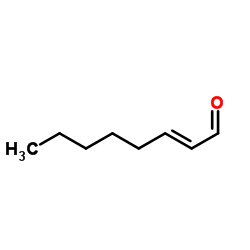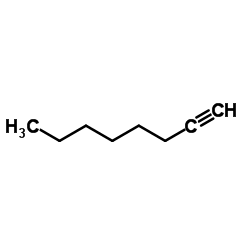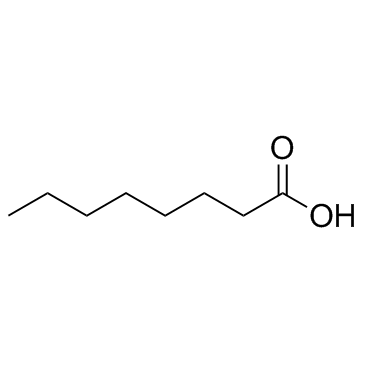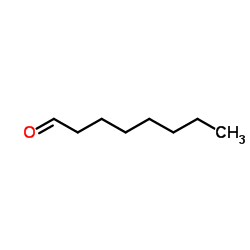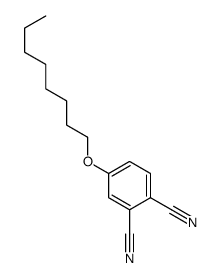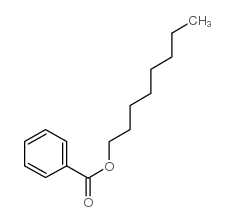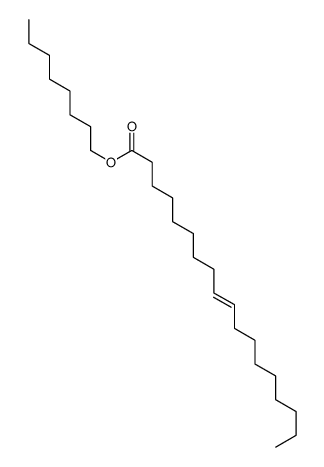111-87-5
| Name | octan-1-ol |
|---|---|
| Synonyms |
Alfol 8
[14C]-n-Octanol caprylic MFCD00002988 Capryl alcohol EINECS 203-917-6 caprylic alcohol Lorol 20 n-octyl alcohol sipoll8 OCTANOL Octilin Epal 8 |
| Description | 1-Octanol (Octanol), a saturated fatty alcohol, is a T-type calcium channels (T-channels) inhibitor with an IC50 of 4 μM for native T-currents[1]. 1-Octanol is a highly attractive biofuel with diesel-like properties[2]. |
|---|---|
| Related Catalog | |
| Target |
T-type calcium channel:4 μM (IC50) Human Endogenous Metabolite |
| In Vitro | 1-octanol inhibits native T-currents at subanesthetic concentrations with an IC50 of approximately 4 μM. In contrast, 1-octanol is up to 30-fold less potent in inhibiting recombinant CaV3.3 T-channels heterologously expressed in human embryonic kidney cells[1]. |
| References |
| Density | 0.827 g/mL at 25 °C(lit.) |
|---|---|
| Boiling Point | 196 °C(lit.) |
| Melting Point | −15 °C(lit.) |
| Molecular Formula | C8H18O |
| Molecular Weight | 130.22800 |
| Flash Point | 178 °F |
| Exact Mass | 130.13600 |
| PSA | 20.23000 |
| LogP | 2.33920 |
| Vapour density | 4.5 (vs air) |
| Vapour Pressure | 0.14 mm Hg ( 25 °C) |
| Index of Refraction | n20/D 1.429(lit.) |
| Stability | Stable. Flammable. Incompatible with strong oxidizing agents. |
| Water Solubility | insoluble |
CHEMICAL IDENTIFICATION
HEALTH HAZARD DATAACUTE TOXICITY DATA
MUTATION DATA
|
| Symbol |

GHS07 |
|---|---|
| Signal Word | Warning |
| Hazard Statements | H319-H412 |
| Precautionary Statements | P273-P280-P305 + P351 + P338-P337 + P313 |
| Personal Protective Equipment | Eyeshields;full-face respirator (US);Gloves;multi-purpose combination respirator cartridge (US);type ABEK (EN14387) respirator filter |
| Hazard Codes | Xi:Irritant |
| Risk Phrases | R36/38 |
| Safety Phrases | S26-S36/37-S37/39 |
| RIDADR | 3082 |
| WGK Germany | 1 |
| RTECS | RH6550000 |
| Packaging Group | III |
| Hazard Class | 9 |
| HS Code | 2905161000 |
| Precursor 10 | |
|---|---|
| DownStream 10 | |
| HS Code | 2905161000 |
|---|





